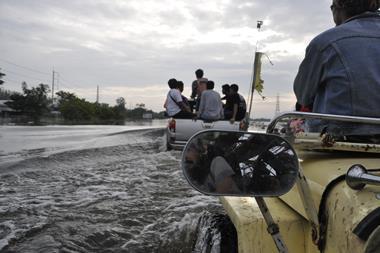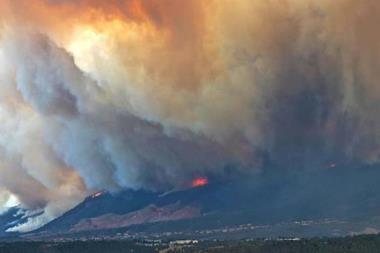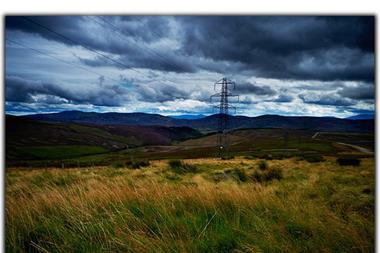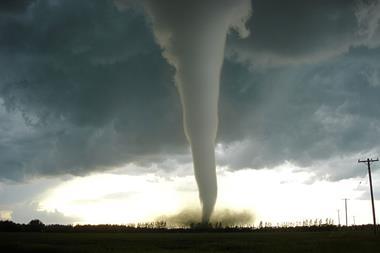Total economic losses reached $259 billion, up by 20%, according to preliminary estimates from sigma
Extreme weather events in 2021, including a deep winter freeze, floods, severe thunderstorms, heatwaves and a major hurricane, resulted in annual insured losses from natural catastrophes estimated at $105 billion, the fourth highest since 1970, according to Swiss Re Institute’s preliminary sigma estimates.
Man-made disasters triggered another $7 billion of insured losses, resulting in estimated global insured losses of $112 billion in 2021.
Total economic losses from natural and manmade catastrophes reached $259 billion, up by 20% on the previous year and higher than the 10-year average of $229 billion.
While Hurricane Ida was the costliest natural disaster in 2021 for the insurance industry, winter storm Uri and other secondary peril events caused more than half of total losses as wealth accumulation and climate change effects in disaster-prone areas drive claims.
The two costliest natural disasters of the year were both recorded in the US. Hurricane Ida wreaked $30 billion to $32 billion in estimated insured damages,including flooding in New York, and winter storm Uri caused $15 billion in insured losses.
Europe’s devastating summer
The costliest event in Europe was the July flooding in Germany, Belgium and nearby countries, causing up to $13 billion in insured losses, in comparison with economic losses of above $40 billion. This indicates a still very large flood protection gap in Europe.
The flooding was the costliest natural disaster for the region since 1970 and also the world’s second highest, after the 2011 Thailand flood.
Further devastating secondary peril activity in Europe included severe convective storms in June, with thunderstorms, hail and tornadoes causing widespread damage to property in Germany, Belgium, the Netherlands, Czech Republic and Switzerland. The resulting insured losses are estimated at USD 4.5 billion.
”The impact of the natural disasters we have experienced this year once again highlights the need for significant investment in strengthening critical infrastructure to mitigate the impact of extreme weather conditions,” said Jérôme Jean Haegeli, Swiss Re’s group chief economist.
”Investments in infrastructure support sustainable growth and resilience and need to be upscaled. In the US alone, the infrastructure investment gap to maintain critical and aging infrastructure is $500 billion on average per year until 2040.”
“Partnering with the public sector, the insurance industry is critical for strengthening society’s resilience to climate risks, by investing in and underwriting sustainable infrastructure.”
Elsewhere in the world, there were severe flooding events in China’s Henan province and British Columbia in Canada, among others.
These sigma catastrophe loss estimates are for property damage and exclude claims related to COVID-19. Loss estimates are subject to change as not all loss-generating events have been fully assessed yet with catastrophe activity remaining elevated in December, noted Swiss Re Institute.
Meanwhile, COVID-19 has elongated the claims lifecycle, particularly for large events, and it will take considerably longer than normal to assess the final tally.




















No comments yet